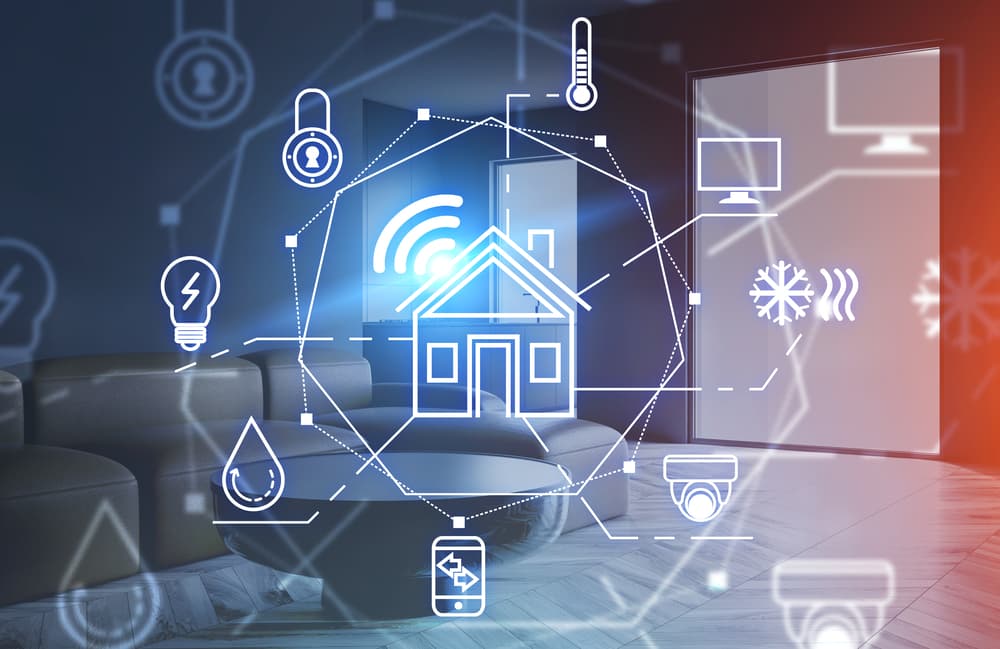
Reducing Carbon Footprint with IoT: A Technological Transformation
Share
In today's rapidly evolving technological landscape, the integration of the Internet of Things (IoT) has become a pivotal factor in addressing environmental concerns, specifically in reducing carbon footprint with IoT. As tech professionals and enthusiasts keenly observe the synergy between smart technologies and sustainability, the potential of IoT to revolutionize our environmental impact is more significant than ever.
With the global push towards greener practices, leveraging IoT is not just an option; it's a necessity. The ability to monitor, analyze, and optimize energy usage through IoT devices has introduced a new era of eco-friendly innovations, transforming traditional practices into sustainable solutions.

The Role of IoT in Environmental Sustainability
At the heart of reducing carbon footprint with IoT is the ability to gather real-time data. This data-driven approach allows for precise monitoring of energy consumption, enabling smarter decisions that lead to reduced emissions. For instance, IoT-enabled smart meters can provide insights into energy usage patterns, helping homeowners and businesses identify wasteful practices and implement energy-saving measures.
Furthermore, IoT devices can automate energy management, ensuring that appliances and systems operate only when needed. This type of automation not only enhances efficiency but also significantly curtails energy wastage, contributing to a lower carbon footprint.
Smart Homes: Pioneers in IoT-Driven Sustainability
Smart homes exemplify how IoT can be harnessed to create sustainable living environments. By integrating IoT devices such as smart thermostats, lighting systems, and energy-efficient appliances, homeowners can drastically reduce their energy consumption. Smart thermostats, for instance, learn and adapt to user preferences, optimizing heating and cooling schedules to minimize energy use without compromising comfort.
For those interested in exploring more about sustainable home climate control, check out this article for insightful tips and strategies.
Industrial Applications of IoT for Carbon Reduction
Beyond residential settings, industries are also tapping into the potential of IoT for reducing carbon footprints. IoT sensors and devices are being deployed to monitor industrial processes, ensuring optimal resource utilization and minimizing waste. For example, in manufacturing, IoT can track machinery efficiency and predict maintenance needs, reducing downtime and energy consumption.
Moreover, logistics and supply chain sectors benefit from IoT through improved route planning and fleet management. By optimizing routes and reducing idle times, IoT contributes to lower fuel consumption and emissions, reinforcing sustainable practices across industries.
Challenges and Considerations
While the benefits of reducing carbon footprint with IoT are substantial, there are challenges to address. Data security and privacy remain paramount, given the vast amount of information IoT devices collect. Ensuring robust security measures to protect user data is crucial in maintaining trust and encouraging widespread adoption of IoT solutions.
Additionally, the initial cost of implementing IoT technologies can be a barrier for some. However, the long-term savings in energy costs and the positive environmental impact often outweigh these initial investments. Interested in learning how to live sustainably with home automation? Explore this guide for practical advice.
Future Prospects and Innovations
The future of reducing carbon footprint with IoT looks promising, with continuous advancements in technology paving the way for new innovations. Emerging trends such as artificial intelligence (AI) integration with IoT promise even greater efficiency in energy management and environmental conservation.
As IoT technology evolves, its application in smart cities will further amplify its impact. From intelligent transportation systems to efficient waste management, the potential to create sustainable urban environments through IoT is immense. To explore more about the future of smart technology in sustainable living, visit this resource.
Conclusion
The integration of IoT into our daily lives and industries marks a significant step towards achieving sustainability goals. By harnessing the power of IoT, we can actively contribute to reducing carbon footprint with IoT and paving the way for a greener, more sustainable future. The journey towards sustainability is ongoing, but with IoT at the forefront, the possibilities are limitless.

FAQs
What is IoT's role in reducing carbon footprint?
IoT plays a crucial role in reducing carbon footprint by providing real-time data and automation to optimize energy usage, reduce waste, and enhance efficiency across various applications.
How can smart homes contribute to sustainability?
Smart homes utilize IoT devices to monitor and control energy consumption, automate systems, and reduce waste, significantly contributing to sustainable living practices.
What challenges does IoT face in environmental applications?
Challenges include data security and privacy concerns, as well as the initial cost of implementation. However, the long-term benefits often outweigh these challenges, driving adoption.
